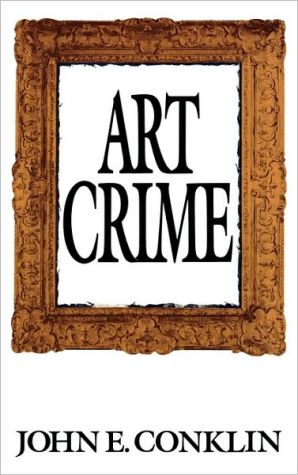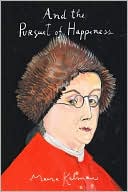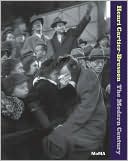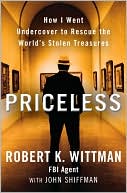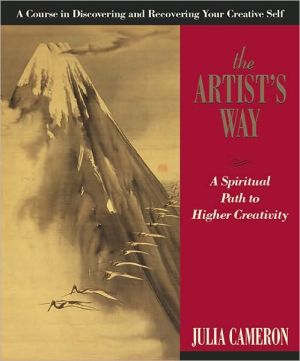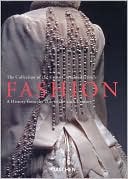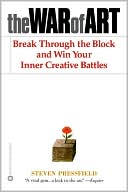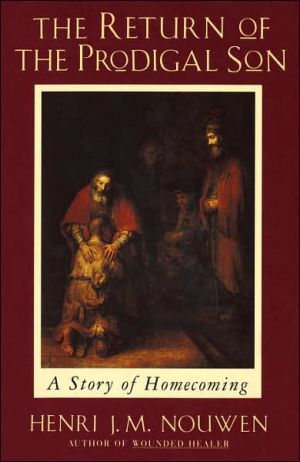Art Crime
This is the only book by a criminologist to look at the full range of crime involving works of art: forgery, fraud, theft, smuggling, and vandalism. It is up to date, drawing on much material from the boom years of the art market in the 1980s and continuing up through the 1990s, and assimilating information from a variety of sources: art magazines, newspaper accounts, and the relatively small amount of scholarship on art crime by art historians and criminologists. In addition to considering...
Search in google:
"Criminologist Conklin's engaging and informative study of crime in the art world is the most thorough examination of this complex subject to appear in years." BooklistBooknewsCriminologist Conklin (Tufts U.) looks at the full range of crime involving works of art: forgery, fraud, theft, smuggling, and vandalism. In addition to considering the motives of thieves, he looks at the way art theft is socially organized: the types of thefts that are committed, the ways thieves locate art to steal and how they gain access to it, their use of insiders and fronts, and the way they launder stolen art. Annotation c. Book News, Inc., Portland, OR (booknews.com)
IntroductionThe Value of ArtFakes and ForgeriesFraudArt Theft: Opportunities and MotivesThe Social Organization of Art TheftThe Distribution of Stolen ArtVandalismCurbing Art CrimeBibliographyIndex
\ Donna SeamanCriminologist Conklin's engaging and informative study of crime in the art world is the most thorough examination of this complex subject to appear in years. Art crime includes forgery, fraud, theft, smuggling, and vandalism of fine art, antiquities, and ethnographic objects; more often than not, it goes unreported. Experts hate to admit to being fooled by forgeries; dealers and collectors often indulge in fraud to inflate value but control costs; and many thefts are actually commissioned. Conklin describes examples of each type of art crime and, in the volume's most innovative sections, analyzes the social organization of the art world and the methods by which its denizens establish the value of art. It's curious that although art is treasured as an expression of humanity's spirituality, making art crime almost a sacrilegious act, art is also perceived merely as an investment just like gold, stocks, or bonds, thus arousing greed and dishonesty. Conklin goes on to track the skyrocketing of art prices over the past three decades and to characterize the modus operandi of art thieves and fraudulent dealers. He concludes by suggesting policies for combating art crime, an international phenomenon that has been growing exponentially.\ \ \ \ \ BooknewsCriminologist Conklin (Tufts U.) looks at the full range of crime involving works of art: forgery, fraud, theft, smuggling, and vandalism. In addition to considering the motives of thieves, he looks at the way art theft is socially organized: the types of thefts that are committed, the ways thieves locate art to steal and how they gain access to it, their use of insiders and fronts, and the way they launder stolen art. Annotation c. Book News, Inc., Portland, OR (booknews.com)\ \
